Both techniques have advantages and disadvantages. The bisecting technique may have to be used for patients unable to accommodate the film positioningdevice used in the paralleling technique.

Periapical Radiography Clinical Gate
Exclusion criteria were periapical X-ray images of tooth germs or images which have distortion effects.

. This video is about how to place dental x ray film for intra oral periapical apical radiographsWatch video of content of X-RAY film from below linkhttps. Demonstration on how to take periapical x-ray using bisecting angle technique. The accelerated x-rays are decelerated by the target material resulting in bremsstrahlung.
The bisecting short-cone and paralleling long-cone techniques are two of the most commonly used techniques. The X-ray head is directed at right angles vertically and horizontally of both the tooth and the image receptor. DENTAL X-RAYS X-rays are produced by boiling off electrons from a filament the cathodeand accelerating the el to the target at the anode.
The extraoral periapical radiographic technique was performed for both maxillary and mandibular teeth using Newman and Friedman technique2. Periapical film is held parallel to the long axis of the tooth using film-holding instruments. The patient is seated upright in the dental chair and should remove any removable dental appliances glasses or jewelry that could interfere with the X-ray beam.
The image receptor is placed in a holder and positioned in the mouth parallel to the long axis of the tooth under. The central ray is directed to pass at a perpendicular angle to both the tooth and the film. A long cone is used to take x-rays with paralleling exposure techniques.
Paralleling Technique for Periapical X-rays The paralleling technique results in good quality x-rays with a minimum of distortion and is the most reliable technique for taking periapical x-rays. The central rays of the x-ray beam could either be directed perpendicular to the long axes of the teeth Or perpendicularly to the plane of the image receptor but not perpendicular to both at the same time. What are periapical radiographs used for.
There are two types of techniques used for periapical radiographs. By using a film sensor holder with still. Different techniques and instruments are used to drain and decompress large periapical lesions ranging from placing a stainless steel tube into the root canal exhibiting persistent apical exudation 202 204 which is non-surgical decompression to placing polyvinyl or polyethylene tubes through the alveolar mucosa covering the apical lesion which is.
Periapical radiography is a commonly used intraoral imaging technique in radiology and may be a component of your radiologic examination. With this technique the film is placed parallel to the long axis of a tooth allowing the X-ray to be focused perpendicular to the long axis of the tooth. Parallel technique The image receptor is placed in a holder and placed in the mouth parallel to the longitudinal axis of the tooth under.
By using a filmsensor holder with fixed image receptor and. Single periapical radiographs are often made of individual teeth or groups of teeth to obtain information for treatment or diagnosis of localized diseases or abnormalities. Occlusal X-rays are larger and show full tooth development and placement.
Most frequently used radiography is for the periapical which is performed by the bisecting Thus when considering the execution of the radiographic technique and the possibility of errors that occur during the exposure of X-ray image XR receptors it is important to identify those that occur more frequently. The patient was positioned upright with hisher mouth was opened as wide as possible to allow the X-ray beam to pass to the sensor unobstructed from the opposite side of the mouth. The X-ray is taken and the exposed plate is then loaded into a scanner or processor which reads the image.
Ensure they are seated high enough so it is easy to see the occlusal. Bisecting angle and paralleling. Inclusion criteria included periapical X-ray images of permanents teeth and patients aged 14 years old with good sharpness.
Periapical radiographs provide important information about the teeth and surrounding bone. Since the slope and curvature of the dental arches and the alveolar processes will not permit the film to be held close to the teeth. These patients may include adults with low palatal vaults and children.
Each X-ray reveals the entire arch of teeth in either the upper or lower jaw. Find the long axis of the tooth and then find the long axis of the image receptor as it is placed next to the tooth. The X-ray tubehead is then aimed at right angles vertically and horizontally to both the tooth and the image.
To take a periapical exposure the hygienist or x-ray technician places a small photosensitive imaging plate coated with phosphorus into a sterile wrapper and inserts it into the patients mouth just like a conventional X-ray film card. Periapical images have been collected using the FONA X70 Intraoral X-rays machine and PSPIX Imaging Plates. The sensor was placed on the.
The film is placed parallel to the long axis of the tooth in question and the central x-ray beam should be directed perpendicular to the long axis of the tooth. Disadvantages to the bisecting technique. Periapical X-rays are used to detect any abnormalities of the root structure and surrounding bone structure.
The paralleling technique results in good quality x-rays with a minimum of distortion and is the most reliable technique for taking periapical x-rays.

Periapical Radiography Clinical Gate
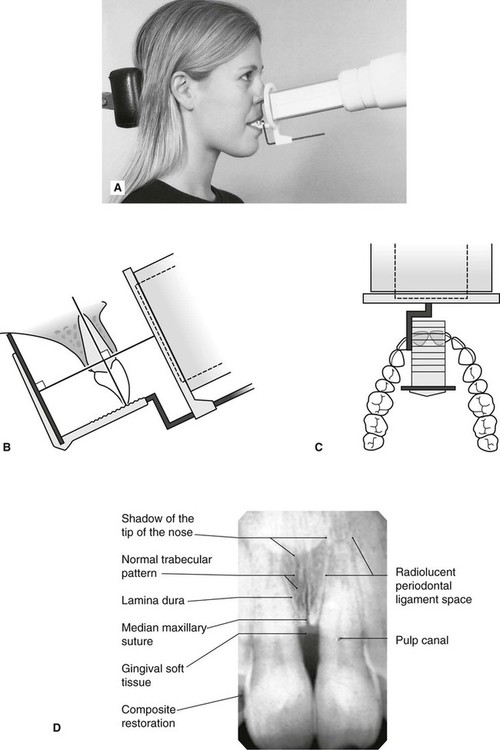
Periapical Radiography Pocket Dentistry
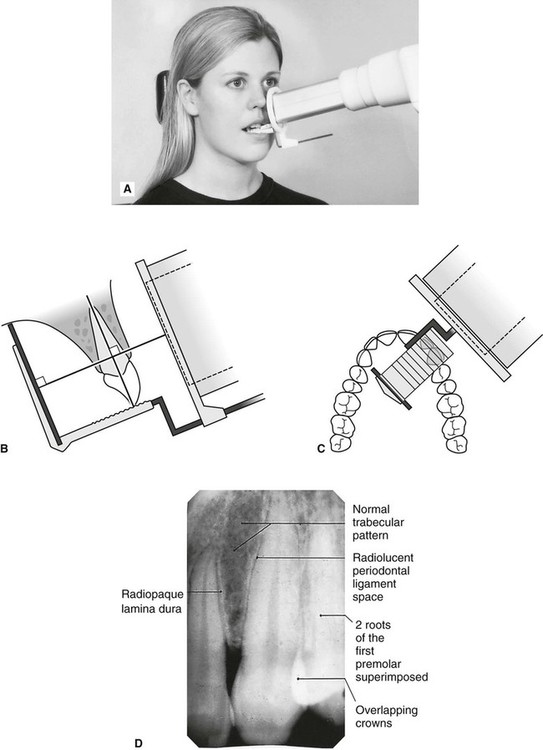
Periapical Radiography Clinical Gate
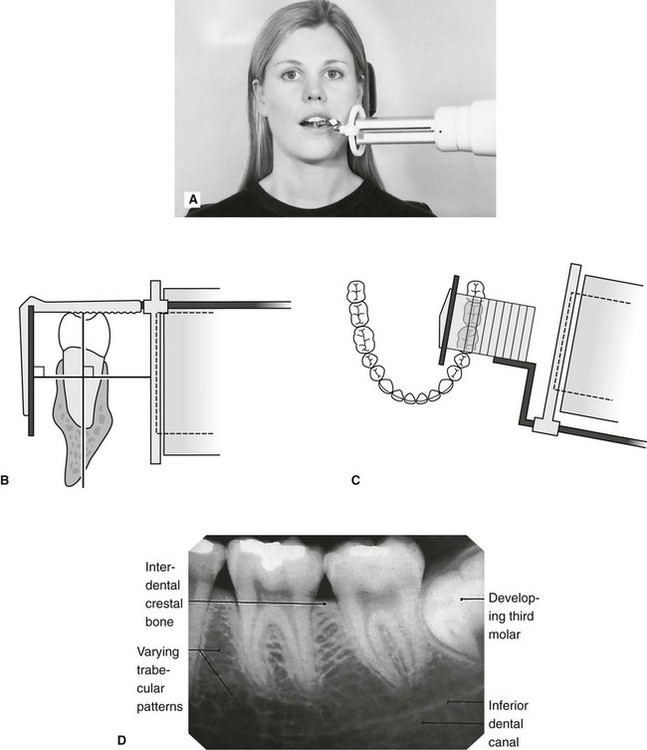
Periapical Radiography Clinical Gate
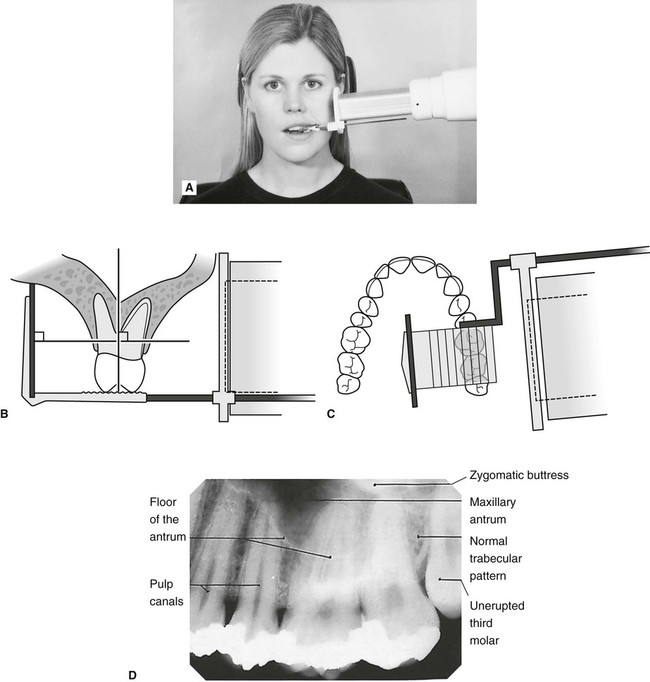
Periapical Radiography Pocket Dentistry

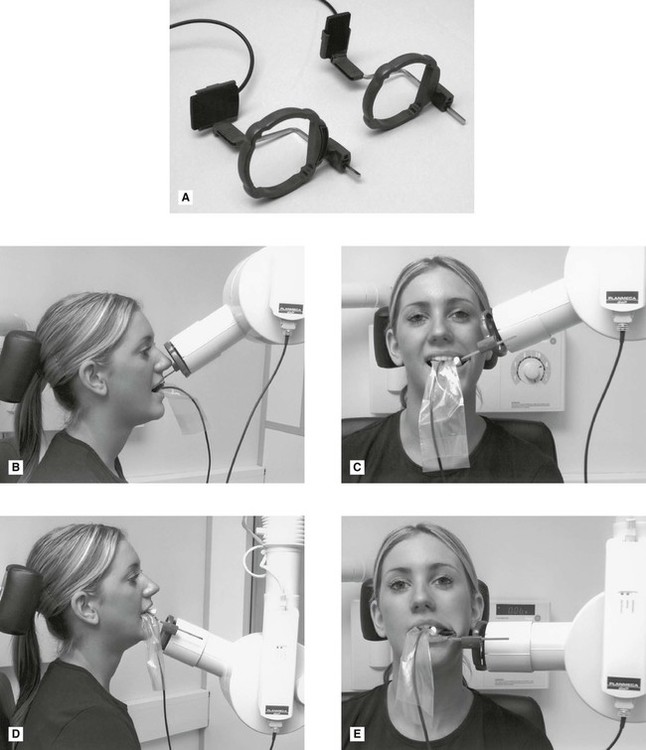
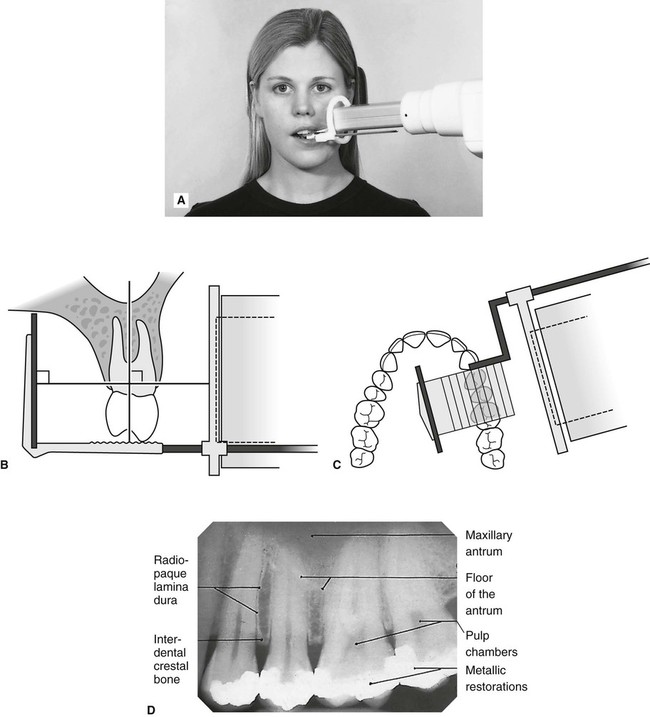
0 comments
Post a Comment